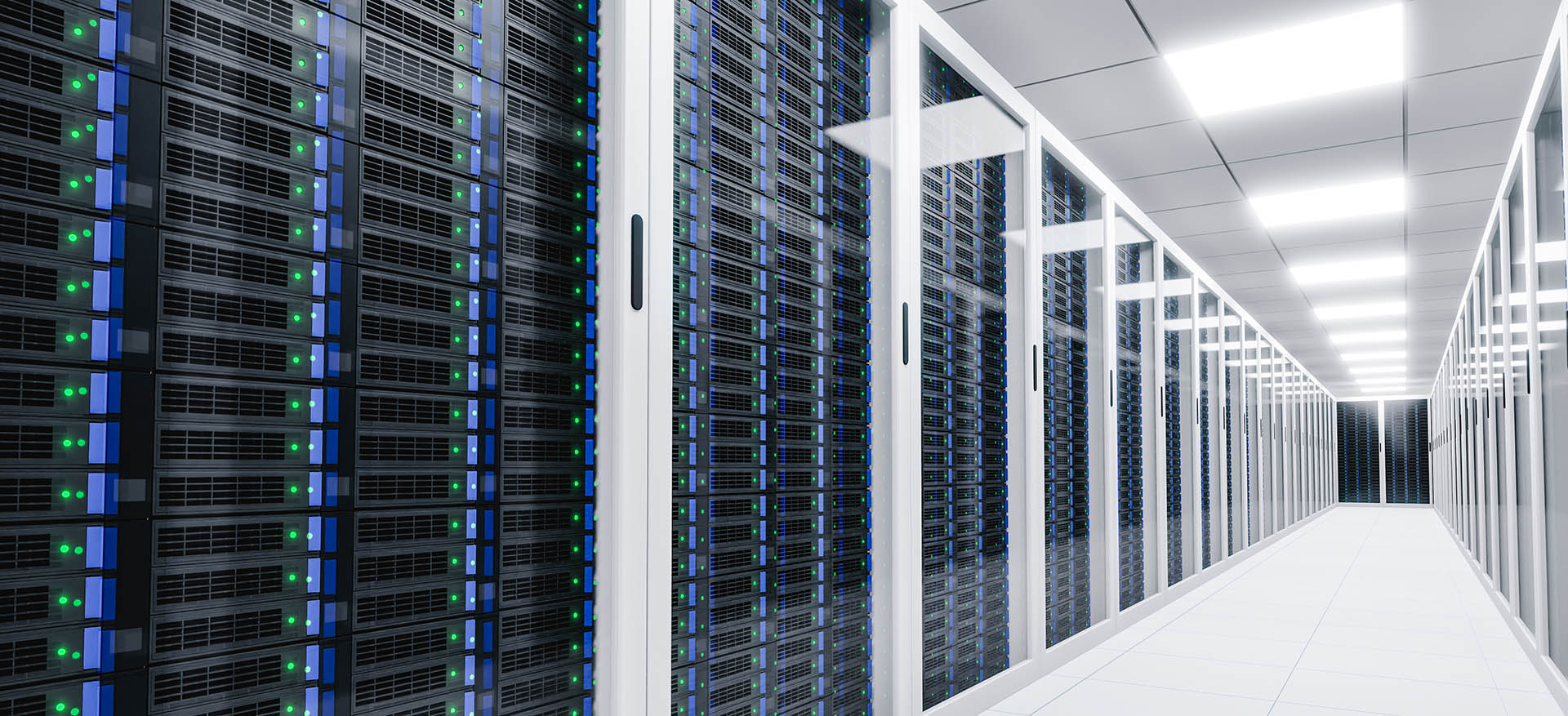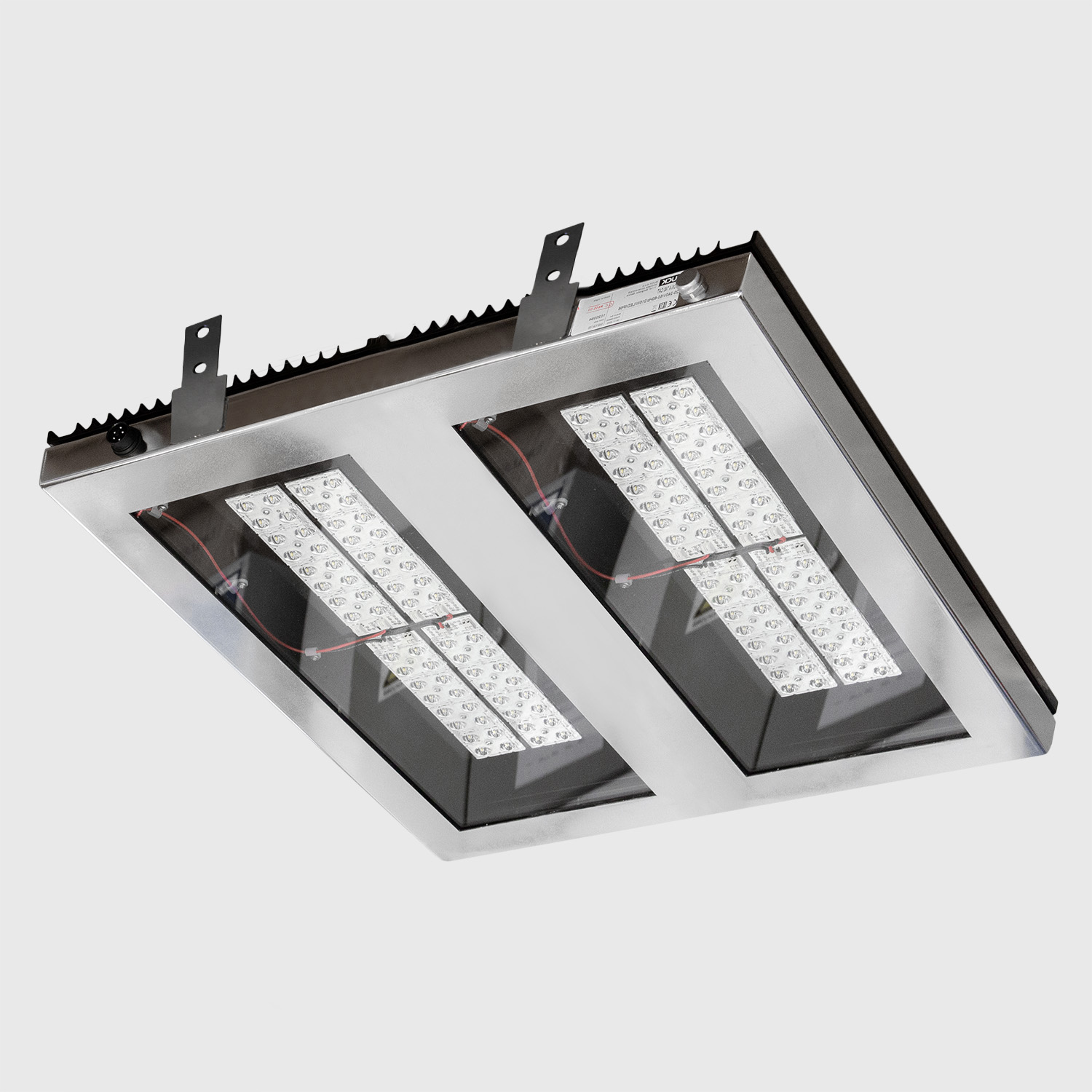Like any great invention, artificial lighting cannot be attributed to the genius and skill of one scientist, it is the product of a series of improvements in the ideas of various inventors, which led to the products we use today in our homes, work and other places. Artificial electric lighting has completely transformed human life. More than 150 years ago, inventors began working on ideas that would have a dramatic impact on the way we use energy today and that would change our daily lives. The creation of the incandescent bulb enabled activities during the night hours, changed the daily schedule and increased the free time that could be used in different ways. This invention was a turning point in economic development, and thus in the prosperity of the entire modern society.
According to the type of process by which the electricity is transformed into light, light sources can be divided into three basic groups: 1. Incandescent lighting
2. Sources with electric discharge
3. LED light sources
INCANDECENT BULB – The first step in the light revolution
The emission of light from this type of source is actually caused by heat. The electric current passes through a thin (originally carbon and today tungsten) filament, heats it and then it begins to emit light. The glass bulb prevents it from coming into contact with oxygen from the surrounding air, which would lead it to rapid destruction. Candles, as well as sunlight, also emit light based on heat. The great advantage of this type of lighting is that the quality and colour of the light are constant regardless of the manufacturer. Colour reproduction under this light is taken as a benchmark for all other light sources (index 100) and is most similar to sunlight. The biggest drawback of this lighting source is energy inefficiency because almost 90% of the energy is wasted on heat.

It is often said that Thomas Edison invented the electric incandescent light bulb, but before Edison, numerous inventors, with their ideas and discoveries, led to the creation of the light bulb. Namely, what Edison did was to improve an already existing product. The inventors before Edison were forgotten because they did not know how to market their invention for widespread use. This scientist didn’t stop making improvements to create practical light bulb. He modelled his technology on an existing gas lighting system and showed that electricity could be distributed from a centrally located generator through a series of conductors. At the same time, he focused on improving electricity generation by developing the first commercial power company called Pearl Street Station.
The next major change in the development of the incandescent light bulb occurred with the discovery of the tungsten filament in 1904. These new tungsten filament bulbs lasted longer and emitted stronger light compared to bulbs where carbon filament was used. After that, Irving Langmur realized that adding an inert gas, like nitrogen, doubled its efficiency. Scientists continued to make improvements over the next 40 years that reduced costs and increased the efficiency of this light bulb.
Despite the great efforts made in this field, by the fifties of the last century, a maximum of 10% of the energy that the bulb efficiently spends on lighting was reached, so the focus was moved on other types of lighting.
ELECTRIC DISCHARGE SOURCES- Temporary solution for electrical shortages
These are sources in which light is produced due to electrical discharge in gas, metal vapour or a mixture thereof. According to the size of the internal pressure, they are divided into low and high-pressure sources. The most famous representative of light sources with electric discharge is fluorescent lighting.
In the late 19th century, Thomas Edison and Nikola Tesla experimented with fluorescent lamps but did not produce them commercially. In fact, Peter Cooper Hewitt created a blue-green light by passing electricity through mercury vapour. Although its bulbs were more efficient than those with incandescent, they did not have a suitable application due to their colour.

In the late 1930s, European researchers conducted experiments with neon tubes coated with phosphorus (a material that absorbs ultraviolet light and converts it into useful white light). This discovery triggered a series of research programs that contributed to the presentation of this product at the New York Fair in the late 1930s.
The advantage of this type of lighting is its longevity and energy efficiency, which was almost three times higher than with an incandescent light bulb. The main disadvantage is that it uses mercury, an element that can be dangerous to human health if the bulb is damaged, as well as the fact that the light is prone to flicker.
LED – Lighting future
LED is a special type of semiconductor diode that emits light when current flows through it. The light it emits can be in the visible part of the spectrum, as well as in the zone of infrared and ultraviolet radiation. The production of LED light sources is one of the fastest developing technologies in the lighting industry. They last longer and offer better light quality compared to other types of sources. The production of LED is a complex process, so the product can differ in terms of quality, unlike the production of an incandescent light bulb, which, regardless of the brand, generally creates a product of equal quality.

How energy efficient light sources are is shown as a measure of the light emitted (expressed in lumens) divided by the power it consumes (expressed in watts). A source that would be 100% efficient in converting energy into light would have an efficiency of 683 lm / W. The electric bulb has an efficiency of 15 Im / W, the fluorescent 73 Im / W, and the LED up to 200 Im / W.
As the level of environmental responsibility grows and people realize the need to save electricity, LED lighting has become especially important. It is believed that if all lamps in the USA were replaced with LEDs, electricity consumption would be reduced by 30-40%.
LIGHTING ENCOURAGING ECOLOGICAL VALUES
Incandescent light bulbs are still widely used in homes due to their affordability, while the need to replace them with a more efficient type of lighting is growing. Lighting is an opportunity to save energy and slow down climate changes, as it accounts for about 20% of global energy consumption. The revolution caused by LED lighting is expected to lead to fundamental changes along the entire value chain in the lighting industry. LED provides completely new possibilities such as design flexibility, dynamic colour temperature changes, compatibility with the HCL concept and smart lighting systems. In the development of artificial lighting, technological efforts aim to create lighting that will provide maximum quality while at the same time not being opposed to the environmental goals of society.











